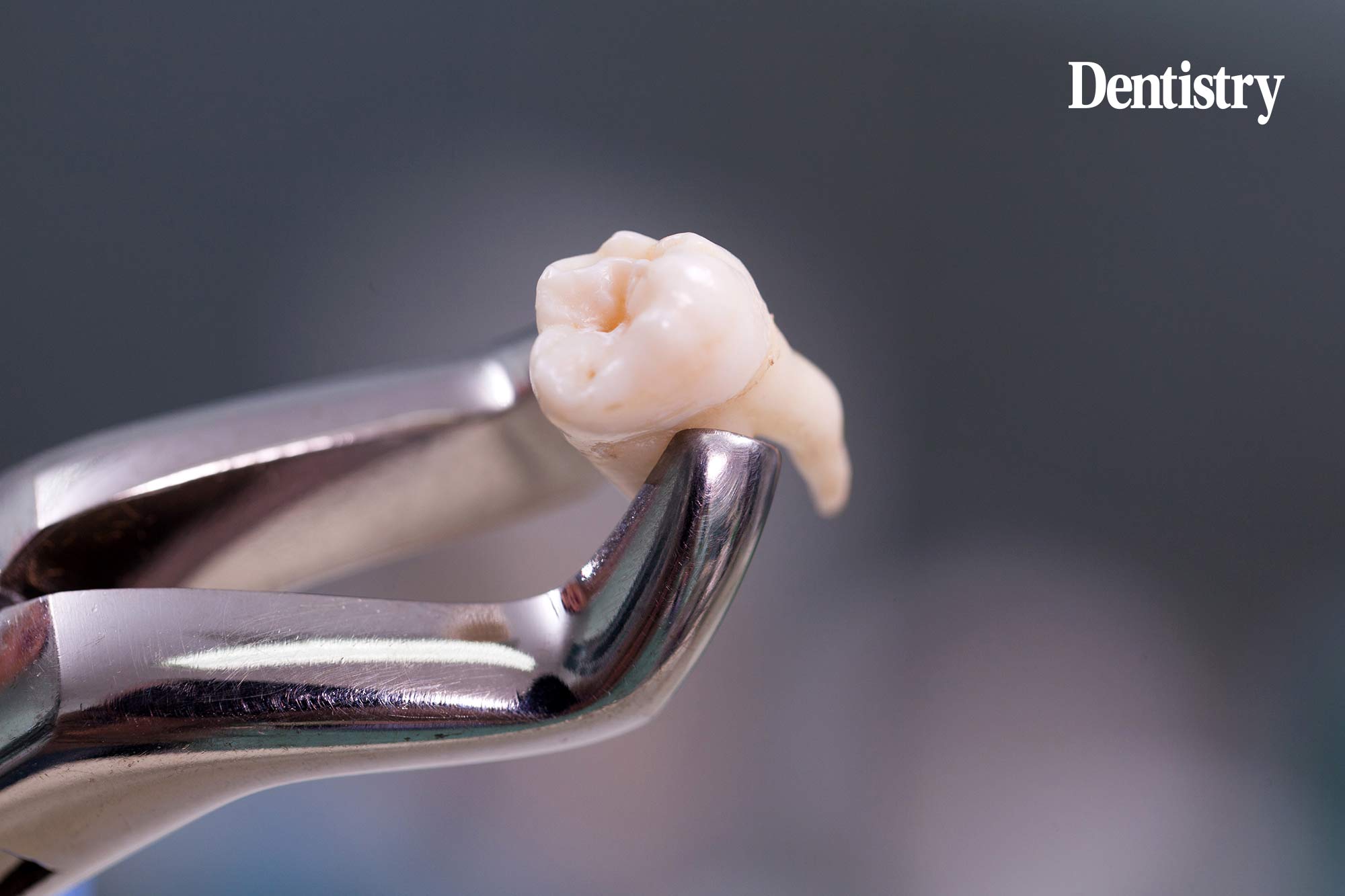
If a tooth cannot be saved, you’ll want to ensure that the patient is aware of the risks involved and take steps to mitigate them says DDU claims handler, Greta Barnes.
Given the options now available to save and restore a tooth, most dentists are understandably keen to avoid extracting a tooth but this is not always possible.
Despite claims made in the media of late, while tooth extraction is a last resort, millions of extractions are performed each year.
Nearly 3 million adult tooth extractions were carried out within the NHS in 2018-19. Sadly, the pandemic and access problems mean the number of extractions may start to creep up in the coming years. As well as cases where patients are not seen until it is too late, the current cost of living crisis means many may be unable to afford the restorative Band 3 NHS treatment and insist on extraction.
Even if extraction is the best option, it still carries inherent risks. Extractions have long been one of the most common types of treatment to feature in litigation and are a common cause of claims notified to the DDU each year.
We successfully defend most of these but where liability is established, the compensation can run into tens of thousands of pounds because of the cost of remedial treatment.
Some of the most frequent allegations include:
- The extraction was unnecessary because the tooth wasn’t properly assessed or the patient wasn’t advised about alternative treatment options.
- The wrong tooth was extracted
- Failure to anticipate potential risks such as a fractured or displaced root or nerve damage. This may be because of inappropriate clinical and radiographic assessment.
- The treating dentist should have recognised the procedure was beyond their capabilities and referred the patient.
- Delay in recognising the need for extraction, resulting in prolonged pain, infection, and other complications. In extreme cases hospital treatment may be needed for excision and drainage of abscesses, surgical extraction and treatment for spreading infection.
- Failure to treat an existing infection prior to extraction.
- Complications during the procedure such as fractures of the maxillary tuberosity, surgical emphysema due to air entering the tooth socket, damage to other teeth and lacerations.
- Undiagnosed post-procedure complications such as bleeding, dry socket or localised infection resulting in pain, spreading infection and the need for further treatment.
Minimising risks
Based on the DDU’s experience of extraction procedure claims, here are some tips to help mitigate the risk of an adverse incident and dentolegal difficulties:
Before carrying out the procedure
Be satisfied the procedure is in the patient’s best interest – As well as assessing the tooth, take account of the patient’s overall health, psychological and social needs, long term oral health needs and desired outcomes.
Ensure the patient has given informed consent – Take time to explain the risks of treatment and explore the alternatives, such as root canal treatment. Make a careful note of the discussion in the clinical records.
Recognise the limits of your own clinical skills – Be prepared to refer the patient to an appropriate colleague if significant complications are likely, or if the patient has a complex history.
Carry out an appropriate clinical and radiographic assessment – Determine root morphology or the proximity of important anatomical structures. Take into account the patient’s medical history, including conditions and medications which could significantly affect the outcome.
Be careful before accepting referrals – Satisfy yourself the treatment plan appears reasonable and in the patient’s best interest before proceeding. If there is any doubt, consult with the referring dentist.
At the time of the procedure
Be sure you are extracting the correct tooth – Ways to avoid ‘wrong site errors’ include using a consistent form of tooth notation, adding longhand instructions when necessary and flagging key identifiers of the tooth if it has moved or the patient has supernumerary teeth. Ask the patient to confirm which tooth they believe is being treated and cross-reference against the clinical notes/ referral letter and radiograph. Involve your dental nurse and ask them to stop you if they have concerns.
See the patient before administration of anaesthesia or sedation – Check the tooth to be treated and ensure you have the correct clinical documentation, including a consent form. The GDC Standards require patients’ written consent where treatment involves conscious sedation or general anaesthetic.
Be open and honest if there is an adverse incident or complication – Tell the patient (or their representative), apologise, explain the short and long-term effects of what has happened and arrange prompt appropriate aftercare or support to put matters right. If the incident meets the threshold for the statutory duty of candour you should tell your practice and cooperate with the investigation and reporting process.
Afterwards
Provide clear post-operative advice – Explain how the patient can look after themselves after the procedure, such as pain relief, sticking to soft foods, avoiding extreme temperatures, alcohol and smoking. Help them understand what to expect in terms of bruising and swelling and potential causes for concern such as infection, taking into account medical conditions and medication which could significantly affect their recovery. It may help to provide this in writing.
Follow up – Be clear about arrangements for reviewing the patient and provide clear information about how to seek help if they have concerns, including the out of hours arrangements.
Seek dentolegal advice if you are unsure – Talk to a senior colleague and your dental defence organisation for further advice and support.
For more information visit www.www.theddu.com.


